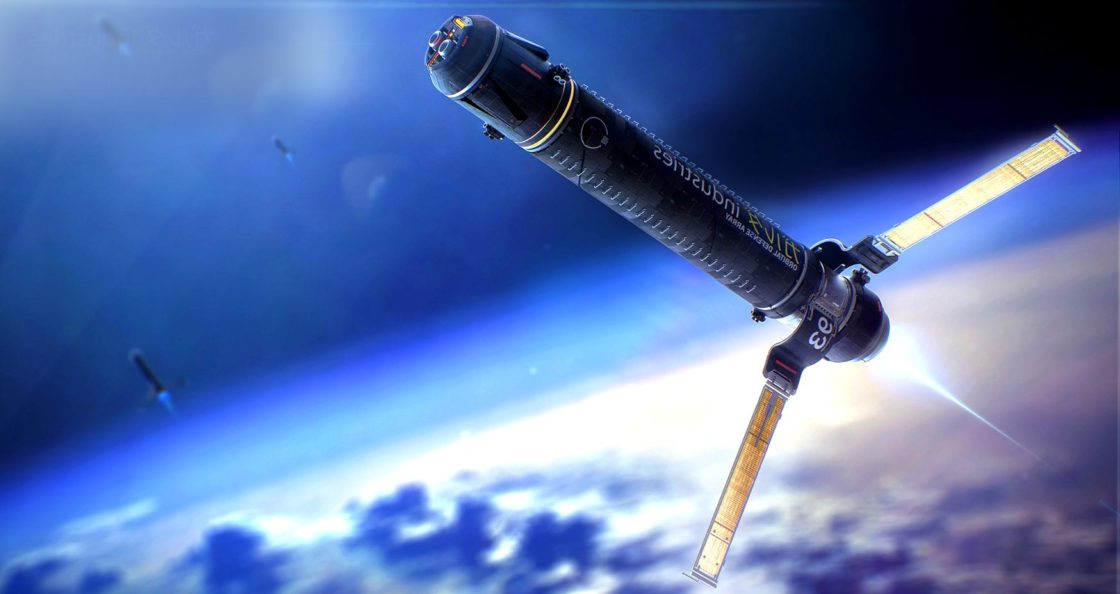The possibility of the extinction of humankind is probably greater now than ever before. The Doomsday Clock is two minutes to midnight––we are essentially at the closest point we have ever been to the apocalypse since the clock’s inception in 1947. Despite what we might think, the leading causes and solutions to global catastrophe are most likely identical. In fact, it may even be that our divine mission as a species is to figure out how to solve this most imminent issue.
The most significant threats to our existence seem to be Earth-based: international nuclear war triggered by Kim Jong-un or the environmental crisis pushed over the edge by Donald Trump. Either of these could not only wipe out population centers worldwide, killing millions of people and rendering the Earth uninhabitable.
However, other threats could pose larger, truly world-leveling cataclysms for our kind–those of extraterrestrial origin. Humanity should be working together, preparing for the possibility of a species-ending asteroid or comet impact such as those that killed off the dinosaurs. Although it may seem unlikely, we should even prepare for a full-scale alien invasion.
Today, the threat to humanity is greater than ever before, but luckily, the solutions are right under our noses. The very nuclear weapons we live in fear of today could be used to defend not only nation-states but humanity as a whole. We must wonder if there is some higher purpose these weapons were designed to fulfill, a purpose we may have yet to discover.
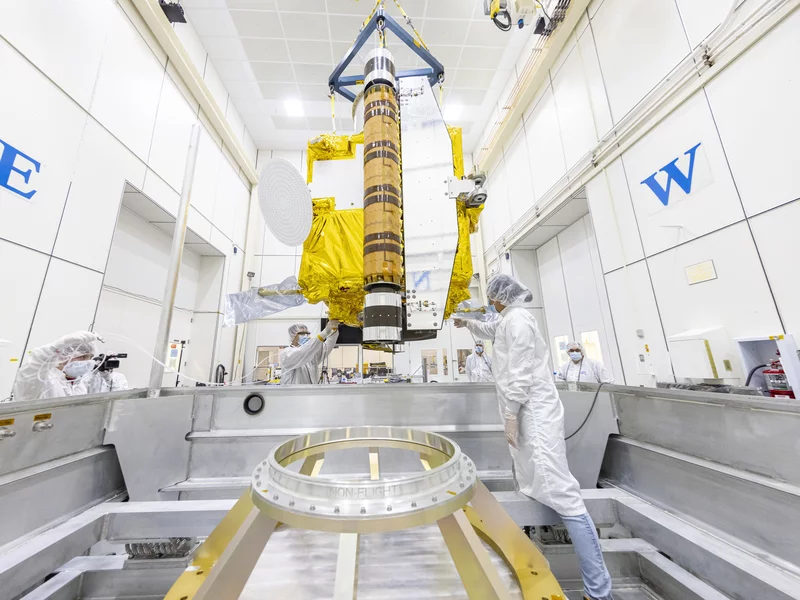
NASA/Johns Hopkins APL/Ed Whitman
The Problem
If Earth were to experience an extraterrestrial-based catastrophe, its effects would be far more devastating to human life than either nuclear war or climate change. The message could not be clearer: We must confront this task sooner rather than later.
In addressing this job, history is of little help. We need foresight because we can only prepare for what is to come by reorienting our planet to prepare for such “unknown unknowns.” What may seem to be the greatest threat to human existence may well turn out to be our greatest asset.
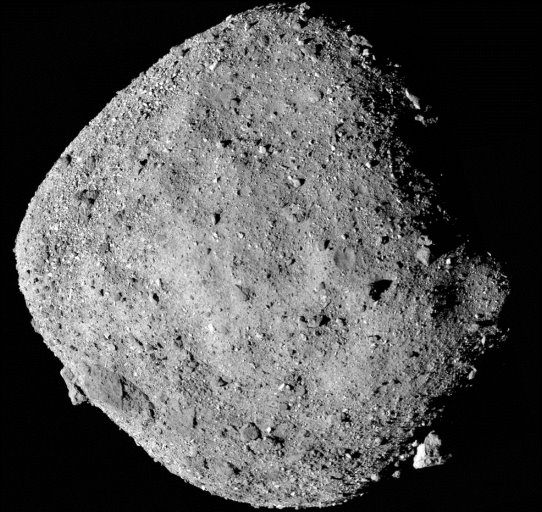
Credits: NASA/Goddard/University of Arizona
We know for certain that over the course of the coming centuries, we will face a variety of threats to the security of our species. The origins of such threats will not only be international but, more poignantly, intergalactic. Earlier this year, the European Space Agency reported that there are some 20,000 near-Earth objects (NEOs) orbiting our planet. Any of these could prove to be the source of humanity’s end. For example, the asteroid Bennu weighs a massive 85 million tons––it is “as wide as the Empire State Building is tall, and weighs as much as 800 aircraft carriers,” says Cathy Plesko, Ph.D., a research Scientist at Los Alamos Laboratory in New Mexico. For reference, the asteroid that killed the dinosaurs was a mere six miles long and weighed only slightly more than Bennu.
And this is merely one of the thousands of possible impacts we could face! Scientists have studied ways to destroy Bennu or knock it off its orbit using several nuclear devices, which we would need to launch decades in advance. This is exactly why we cannot wait––why we must begin preparing now.
Around 66 million years ago, an asteroid hit what is now Southern Mexico, causing tsunamis and hurling rocks, sand, and debris across the planet, leaving most life on Earth buried alive. This cataclysm ended some of the most predominant species of the Mesozoic Era, including dinosaurs, who had been overwhelming mammals and other forms of life for millennia.
As a result of the mass extinction of the dinosaurs, not only did mammals come into dominance, but humans evolved into existence. At that point, we began establishing ourselves as leaders of the animal kingdom. If it hadn’t been for that asteroid, we humans might not be enjoying our present place in the world––we could be living in fear of a more terrifying and more intelligent version of the dinosaur. Who knows what awaits us in space?
In any case, nuclear weapons pose a similar existential threat, but they might be the key to our transcendence to a new level of existence. They could be used to defend the Earth and in non-weaponized form, propelling our spaceships and species to uncharted galaxies. In this way, we humans, the current “terrestrials,” would become “extraterrestrials,” colonizing planets throughout the universe, establishing our roots, and fulfilling our primal destiny.
However, we must consider the possibility that other extraterrestrials might already be out there planning to seize the Earth. At present, post-detection protocols for the discovery of alien life are, once again, limited in scope because they are either nationally bound or relegated to the realm of individual scientists. Such protocols are also mostly based on the assumption that extraterrestrial life will not be particularly intelligent. As Seth Shostak of SETI once stated, if we were to discover the alien equivalent of insects, “you would do what Darwin did—collect samples and take them back home.”
In the case that extraterrestrials are of equal or superior intelligence, US Military protocol suggests that we would first engage in gathering data to better understand the capabilities of their technology. Upon determining a sufficient level of safety, we would cautiously work toward engagement. If extraterrestrials have overcome any scarcity associated with acquiring resources and their need for sustenance, we would be safe, but this may not be the case.
Such protocol seems reasonable, but what if other nation-states were to determine their own protocols? Their choices could affect all of humanity. This was the central plot twist of the 2016 Denis Villeneuve film Arrival, in which an alien entity attempts to communicate with humanity. In an act of goodwill, the aliens send a message offering humanity a technologically advanced weapon, but China misinterprets the message, believing that the aliens wish to use the weapon against humanity. China proceeds to cut off all external communications and issues an ultimatum while the US chooses a different course of action based on its own protocols and interpretation of the alien message.
The Solution: A Planetary Defense System
If we are thinking not only globally but also intergalactically, as we should be by now, the time is long past due for the UN to establish an official planetary defense system with teeth––one that could defend the human species and our planet from threats of any kind. The current arrangement consists of various non-governmental organizations that, while recognized by the UN as entities entrusted to studying planetary defense and making recommendations, do not themselves have the authority to enact the policies they recommend.
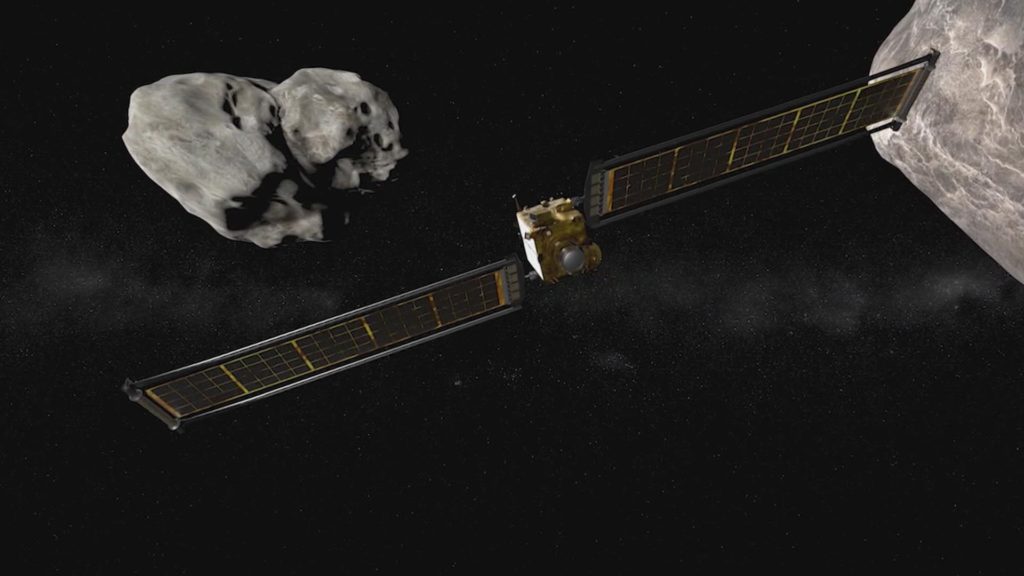
This is why no official protocol exists on a planetary level regarding either wayward asteroids or comets––or even wayward aliens. This is, of course, because the UN does not have the authority to impose its will on its member nation-states, even with respect to terrestrial concerns, but must instead take its orders from its members. In Arrival, it is only through luck and the courage of a rogue individual that international communication heads off the confusion and lack of planning. The UN later gives this brave person a medal, but such risk is unnecessary.
If we wish to continue to be the prevailing species, autonomously determining our collective future, humanity needs to quickly repurpose many of its internal systems, especially its military system. With our nuclear weapons, we have the capacity to defend the planet against incoming unknowns. We could do so under a joint UN planetary defense forces agreement in which all nation-states could keep most of their arsenals, while allotting a portion to international efforts to defend the planet.
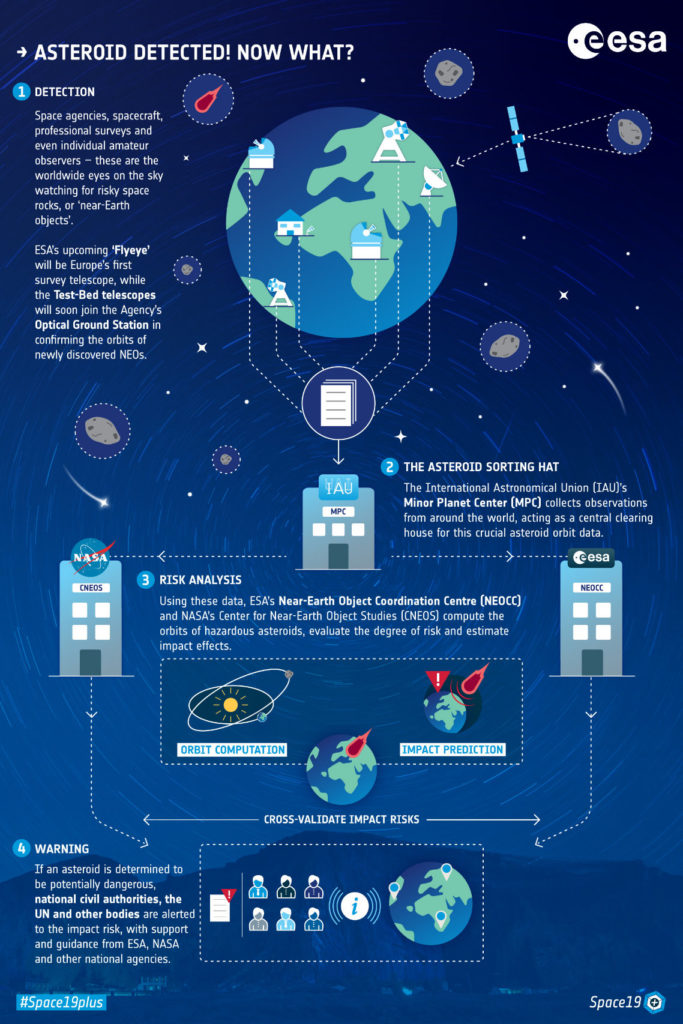
Following this, the Planetary Defense Conference, which has been hosted by the International Academy of Astronautics (IAA) every three years since 2009, could effectively fulfill its missions rather than merely serving in an advisory capacity.
The same would be the case regarding the International Asteroid Warning Network (IAWN), which has been recognized by the UN since 2013 as an international group of organizations that seeks to discover and monitor potentially threatening NEOs. The IAWN could do much more than recommend policies regarding impact threats; it could ensure what the IAWN calls “the planning of mitigation responses.”
At the Geneva Summit in 1985, Mikhail Gorbachev and Ronald Reagan met to discuss the Cold War and how to avert the possibility of a nuclear war, which at the time was as real a possibility as that of the current North Korean threat of attack upon the US, South Korea, or Japan. During a break, Gorbachev and Reagan discussed another matter: regarding an alien invasion, could the two countries set aside their differences to cooperate? Gorbachev’s reply? “No doubt about it.” Reagan replied, “We too.”
Such willingness to cooperate is exactly what we require now to set into motion the formation of a planetary defense initiative. Not only could thinking and acting this way help us as a species to ensure human survival in the case of extraterrestrial threats, but it could also help us repurpose the world’s vast stockpiles of nuclear weapons. Kim Jong-un and the heads of other rogue states could keep their nuclear weapons, but an international body would control their use. While each country would be afforded the equal right to possession of atomic weapons, the time of saber-rattling would be put into the dustbin of history, as humanity could instead prepare for its collective planetary defense and long-term well-being.
There is good reason to spend time contemplating the true purpose of our nuclear technology. Should we fail to defend the Earth as a whole, we may never discover humanity’s true purpose––a purpose which may very well be the propagation of our species throughout the universe.
George Freeman, Chaplain
Universal Life Church

